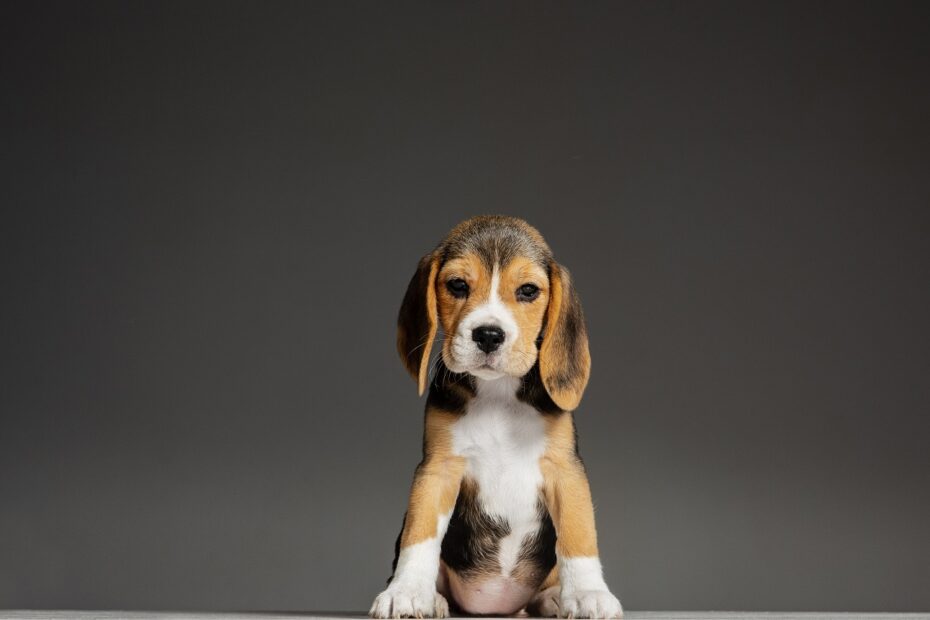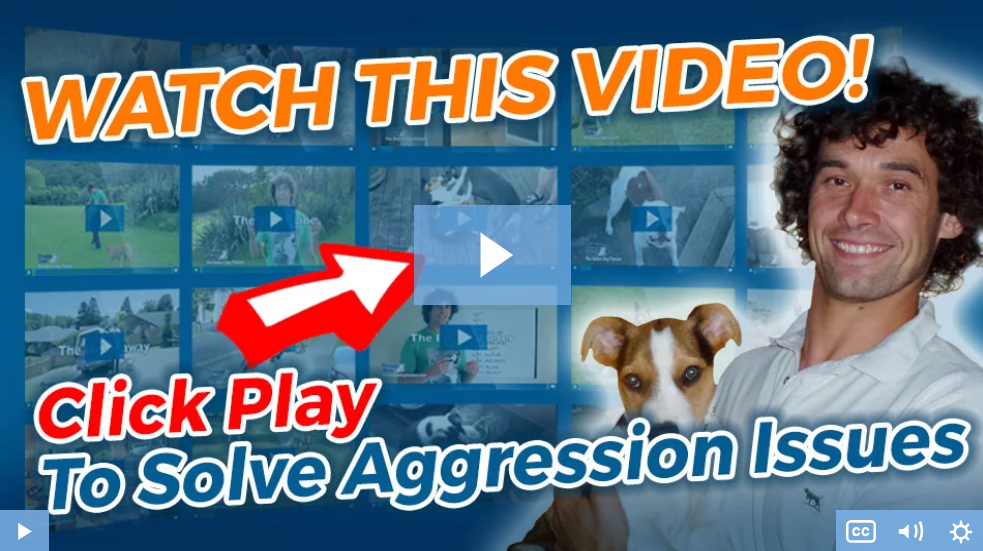Puppy aggression towards other dogs isn’t an easy subject to deal with, especially when that puppy is yours.
Bringing home a pup is always portrayed as a joyous, happy affair where everything goes wonderfully, and the only thing you need to worry about is annoying your pup with too many cuddles.
The truth is a lot different and sometimes, a lot darker.
Potty training can be hellish. The constant trips to the yard, the endless puddles on your carpet… whatever it is, it’s not pretty.
And then there are the endless nights when all your puppy wants to do is lick your face and use your tummy as a trampoline.
Then there’s their habit of using your sofa to sharpen their claws, their love of depositing things they shouldn’t in your laundry basket, the barking, the whining, the temper tantrums… the list goes on.
Obviously, none of that really matters in the long run. They grew up, they mature, and until that happens, they’re way too much fun and way too cute to make you care less about the fact you haven’t had a wink of sleep since they arrived.
But aggression is different. Aggression isn’t just something you can turn a blind eye to and hope it goes away.
Left to develop, it can turn into something much more sinister. After all, your cute little pup isn’t going to stay that way forever.
Other people and even other dogs might not worry too much about a 5-pound ball of fur flashing their milk teeth at them. But they will when it suddenly turns into a 50 lb muscle machine.
Even before that happens, aggressive behavior can cause serious problems. Most adult dogs will simply bat away a cocky youngster and tell it to come back once it’s learned some manners.
However, others won’t be so kind.
For instance, if your pup comes across an older dog who decides to teach them a lesson right here, right now, things can quickly become dangerous.
If you want to avoid that happening, it’s vital to act now. The sooner you face the problem head-on, the sooner it stops.
Before we start looking at some of the ways you can tackle the issue, a quick heads up about a program that could prove invaluable over the next few weeks.
Dan Abdelnoor’s Dog Calming Code is designed to transform any dog’s behavior for the better – quickly, easily, and without the expense of hiring a professional dog trainer. (see video below)
By teaching you how to help your pup stay calm, focused, and in control of their emotions, it’ll help nurture the good behavioral patterns that will see them through life.
If you want to address the aggression sooner rather than later, this is a great place to start.
Here’s the link to take a look: Click Here To Discover How To Quickly Stop Your Puppy’s Unwanted Aggression Problem Using A Powerful Calming Technique that Takes Just Minutes A Day To Apply!
(video will open in a new window)
Why is My Puppy Aggressive Towards Other Dogs?
Figuring out what’s making your puppy aggressive towards other dogs is the first step in addressing it.
Before you do anything else, take a moment to step back and consider some of the possible explanations for their behavior.
Once you’ve worked out which of these following common causes is responsible, you can start moving forward with the appropriate solution.
Pain
Horrible though it is to think of your puppy being unwell it does occasionally happen. And when it does, aggression is all too quick to follow.
If your pup’s picked up an injury or is suffering from a medical problem, they’re probably confused, a little bit frightened, and not at all inclined to play nice when another dog sniffs their behind.
If you’ve noticed any other changes (a loss of appetite, increased thirst, lethargy, yelping when touched, etc), it’s vital to rule out a health problem before doing anything else.
Fear
Dogs can develop fears at any time, but there are two stages in their life when they’re particularly vulnerable to developing ingrained phobias and anxieties.
Known as ‘fear windows,’ the first happens at around 8-10 weeks of age, and the second comes somewhere between 6 and 14 months of age.
If something happens during these periods to scare them, they won’t simply shrug it off in the way they would have at an earlier time. They’ll get scared, stay scared, and react very differently to that stimuli in the future.
Think back to any experiences your pup may have had at these ages.
…Did they have an unpleasant encounter with a neighborhood dog?
…Did a strange dog at the park throw them the evil eye?
If they did, there’s a good chance that every other dog they now see is a source of fear.
Usually, dogs react to fear by trying to escape from the scary thing. If they can’t, they’ll try to make the scary thing go away instead.
How do they do that?
You guessed it – by puffing out their chest, baring their fangs, and generally acting as obnoxiously as possible.
Lack of Socialisation
As much as puppies go through periods where they scare easily, they also go through periods when they’re open to each and every new experience you can throw at them.
Gently and carefully exposing them to as many different sights, sounds, people, animals, situations, and environments during those periods is absolutely critical.
If they don’t learn there’s nothing to be feared about a man with a beard, a revving engine, a bus full of people, or a particularly enthusiastic labrador. They’ll always have trouble adapting to those things in the future.
Related Post: How To Socialize An Aggressive Dog – A Step By Step Guide
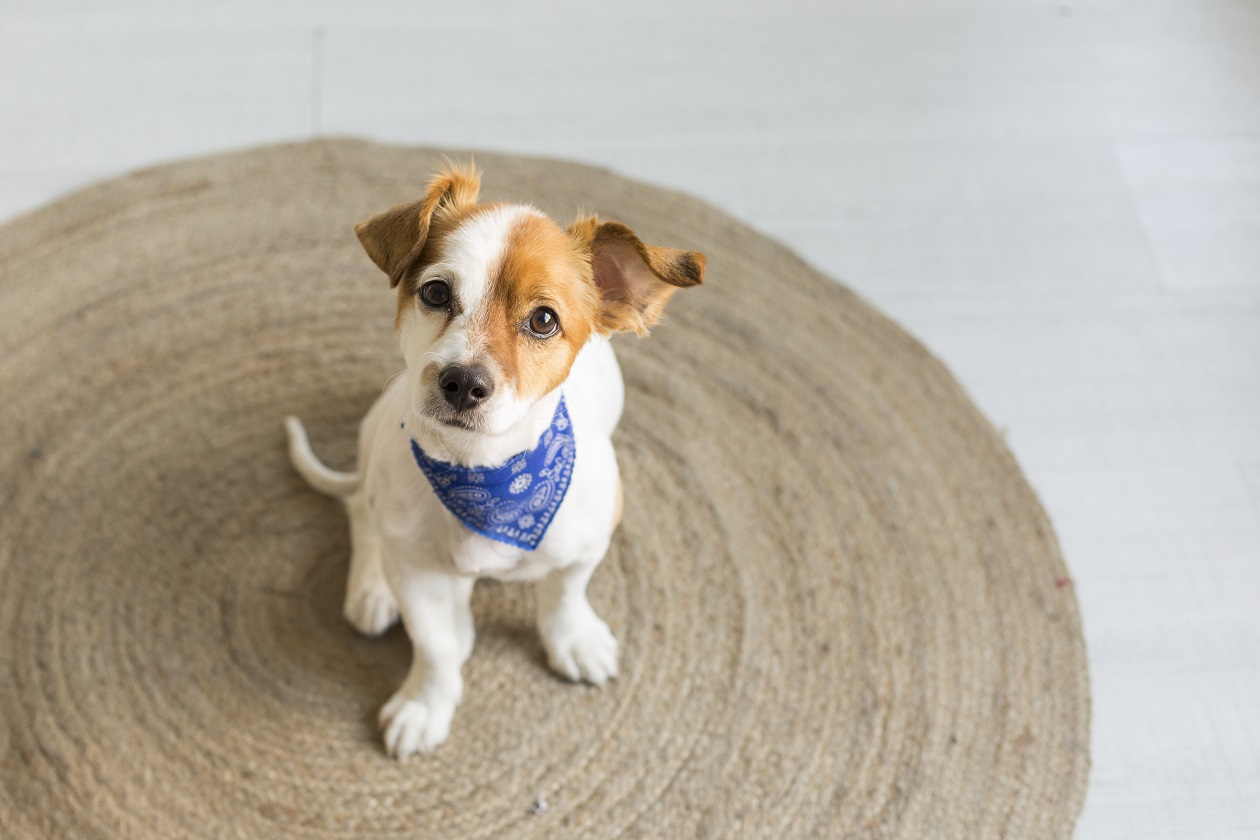
Territorial Instincts
If there’s one thing a territorial puppy hates, it’s an intruder stepping foot on their patch.
In their heads, they’re the king of all they survey. If another dog hasn’t got the memo and makes the mistake of wandering into their personal fiefdom, they won’t hesitate to show them the error of their ways.
Frustration
Puppies are a lot like toddlers in some ways. When they see something they want but can’t get, they get angry, frustrated, and prone to lashing out at the nearest available target.
If that nearest available target happens to be another dog, then it doesn’t matter whether it’s their best friend in the world or not – they’re going to feel the sharp end of their tongue.
Adolescence
If your pup is starting to move into adolescence, expect trouble.
They might not sprout the spots and hairs of a teenager, but the mood swings and the surging hormones are the same.
Overnight, other dogs stop being potential playmates and start being competition for breeding privileges instead.
If you haven’t got round to getting your pup neutered or spayed yet, you might have your answer right there.
Boredom
It may be an overused phrase, but a tired dog really is a happy dog.
If your pup isn’t provided with the mental and physical stimulation they need, all that pent-up energy will eventually find an outlet. Unfortunately, it’s rarely a good one.
If your pup’s aggression is accompanied by other signs of acting out like random acts of vandalism, running in circles like a loon, or barking at everything they see, they might just be bored.
Dominance
No matter how small your pup is, they’re still capable of displaying dominant behavior.
If they feel the need to take charge of a situation, they might start growling, biting, snapping, and generally behaving like a little Napolean as a way of proving their status.
Possessiveness/ Resource Guarding
If a dog decides certain toys, people, or foods are particularly valuable, they’ll go out of their way to protect them.
If your pup tends to get testy when another dog approaches them when they’re eating or playing with their favorite toy, it could be a sign of possessiveness.
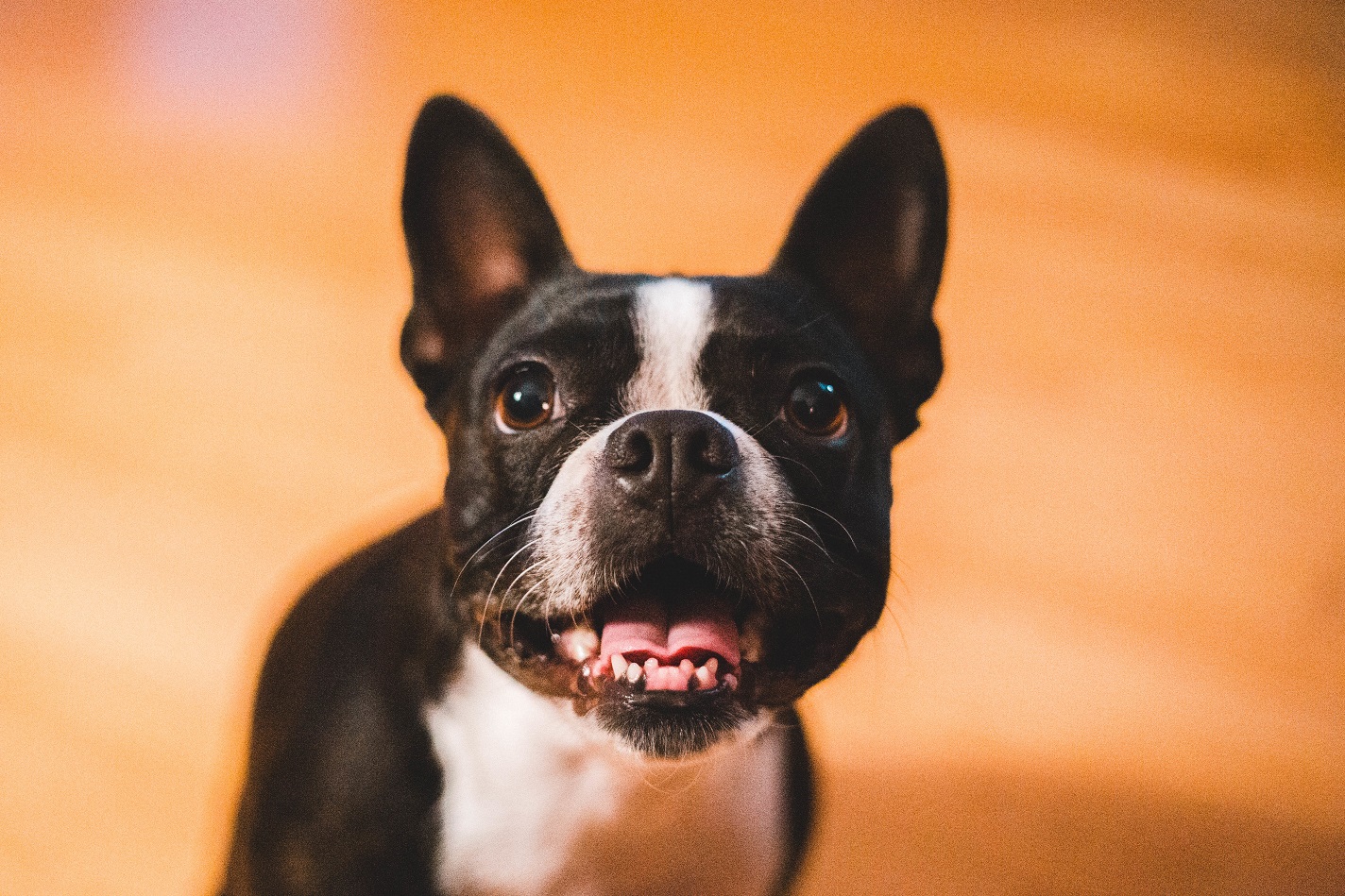
How to Stop Puppy Aggression Towards Other Dogs
Some problems will go away on their own accord. Aggression isn’t like that. If you don’t step in with the proper measures now, it’s only likely to get worse.
Fortunately, now is the perfect time to do something about it.
Your pup is still young, still learning, and still a long, long way from being a hopeless case. With the right combination of training, socialization, and behavioral modification, puppy aggression is something that can definitely be managed.
As to how to do it, a great first step is to check out the Dog Calming Code from Dan Abdelnoor over at The Online Dog Trainer.
The tips and techniques you’ll learn in the program won’t just help bring your pup’s aggression under control, they’ll foster the kind of behaviors that will take them through adolescence and beyond.
Once you’re up to speed with the program, the following strategies will act as a great complement to what you’ve learned.
Book a Check-Up
If your pup’s only recently started acting aggressively, and if their behavior is accompanied by any other worrying developments like a change in appetite, lethargy, or a lack of interest in playing or going outside… book a vet visit asap.
If an illness or injury is at the root of their aggression, no amount of training or socialization is going to help until the condition has been identified and treated.
Get Social
Dogs aren’t all social butterflies by nature. If you want them to breeze through life without jumping out of their skin at every little thing, you’re going to have to socialize them.
Even if they haven’t yet received their final round of vaccinations, you can still make a start.
Extra precautions will need to be taken, and you’ll need to avoid taking them wherever there’s a risk of coming into contact with unvaccinated dogs or dog excrement. But that doesn’t mean you can’t set up some doggy play dates with a friend or relative with a vaccinated, well-behaved dog.
You could even consider taking them to a puppy class. Providing it’s a high-quality, well-managed class, it can be a great way to teach them how to safely and happily interact with other dogs.
Just be sure to have plenty of treats to hand when you make the introductions to foster positive associations.
Related Post: How To Socialize A Puppy Before Vaccinations – The Safe & Easy Way

Get Some Exercise
If your pup is a fizzing ball of energy, you might need to think about adding some more exercise into their day.
If dogs aren’t provided with constructive ways to burn off some steam, they’ll get bored, angsty, and prone to roughhousing.
Obviously, taking them on ten-mile hikes might not be possible when they’re very young. But there are plenty of other ways you can add some activity to their day. Even something as simple as throwing a ball around the yard can work wonders.
While we’re on the subject of exercise, don’t forget that dogs are more than just brawn. They’ve got brains as well, brains that need as much stimulation as the rest of them.
Obedience training and interactive toys can both help keep their minds busy, happy, and far too distracted to worry about terrorizing the dog next door.
Stuck for ideas? … then I’d highly recommend Adrienne Farricelli’s Brain Training For Dogs to keeps your dog mentally focused.
If you’ve ever wondered how smart your puppy can really be, this is the program that’s going to reveal it.
Keep Things Upbeat
Regardless of how badly behaved your pup is, avoid any training technique that relies on punishment. The only thing scolding, shouting, and smacking your pup will achieve is fear, stress, and in all likelihood, even more aggression.
Instead of heaping negativity on top of negativity, keep things upbeat by creating as many positive associations as you can with other dogs.
Whenever you meet one in the park, whenever you set up a playdate, or whenever you take them along to puppy class, be sure to have a bag of treats to hand.
When your pup reacts calmly and without any hint of aggression at the sight of another dog, give them a treat as a reward.
Over time, they’ll start to associate other dogs with good things and eventually lose any fear or anxiety they have about them.
Keep Calm and Carry On
If your puppy is lashing out at other dogs in fear or frustration, it’s time to teach them some emotional control.
Remember the Dog Calming Code I mentioned earlier? Now is the time to take a look.
If you can introduce the tips and techniques you’ll learn in the program, the end result will be a happier, calmer pup who’s the master, not the servant, of their emotions.
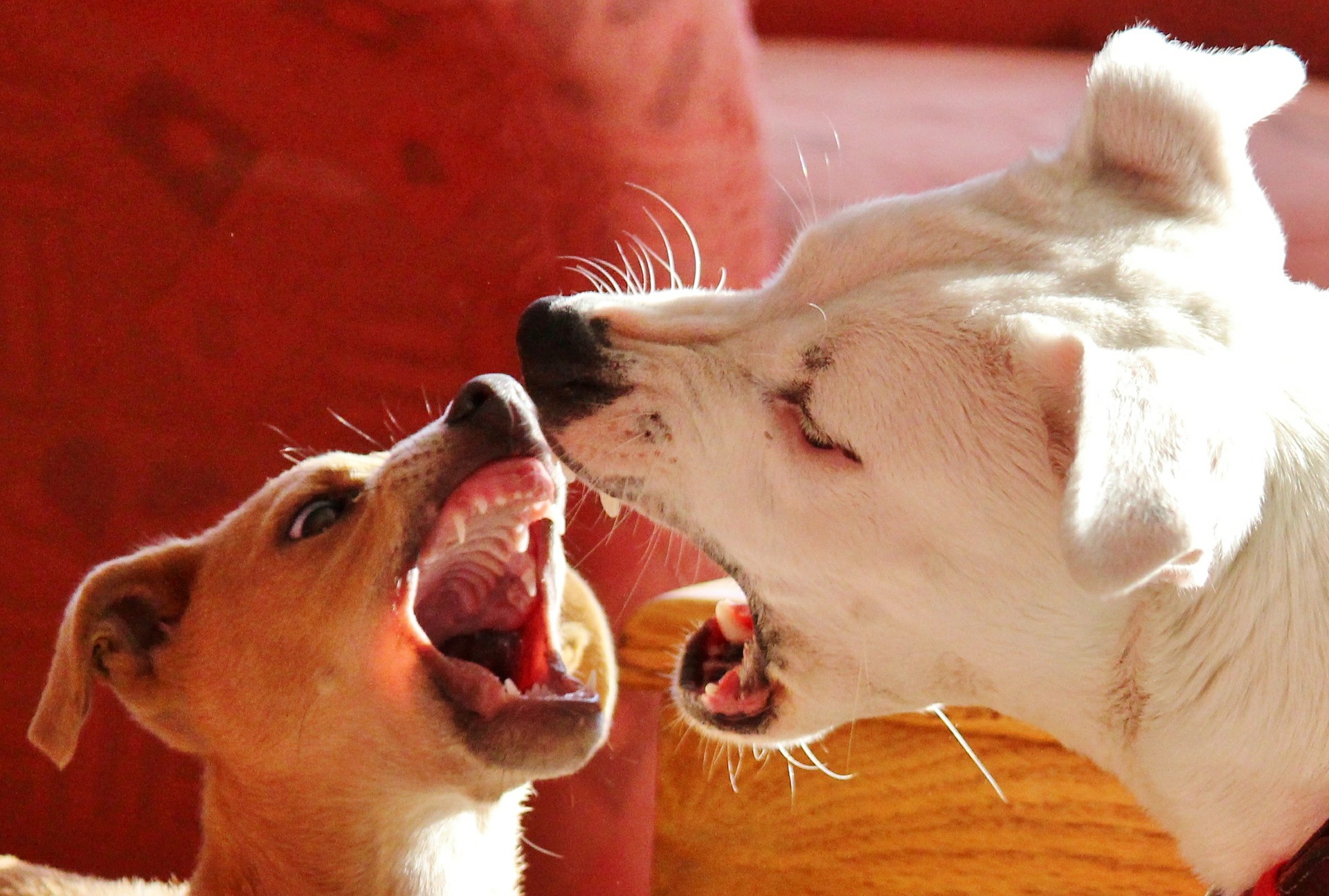
Final Thoughts
Dealing with an aggressive puppy is never fun. In some situations, it’s embarrassing – after all, there are only so many times you can apologize for your pup’s behavior and get away with it. In other cases, it can be nothing short of dangerous.
If you want to spare your blushes and keep your pup safe from harm, act now. The longer you let the problem go unchecked, the harder it will be to stop.
Fortunately, puppy aggression is neither uncommon nor unmanageable.
Increase their exercise, get social, teach them emotional control, create positive associations, and stay consistent with training.
If you can do all that, you’ll soon be wondering what you were ever worried about.
